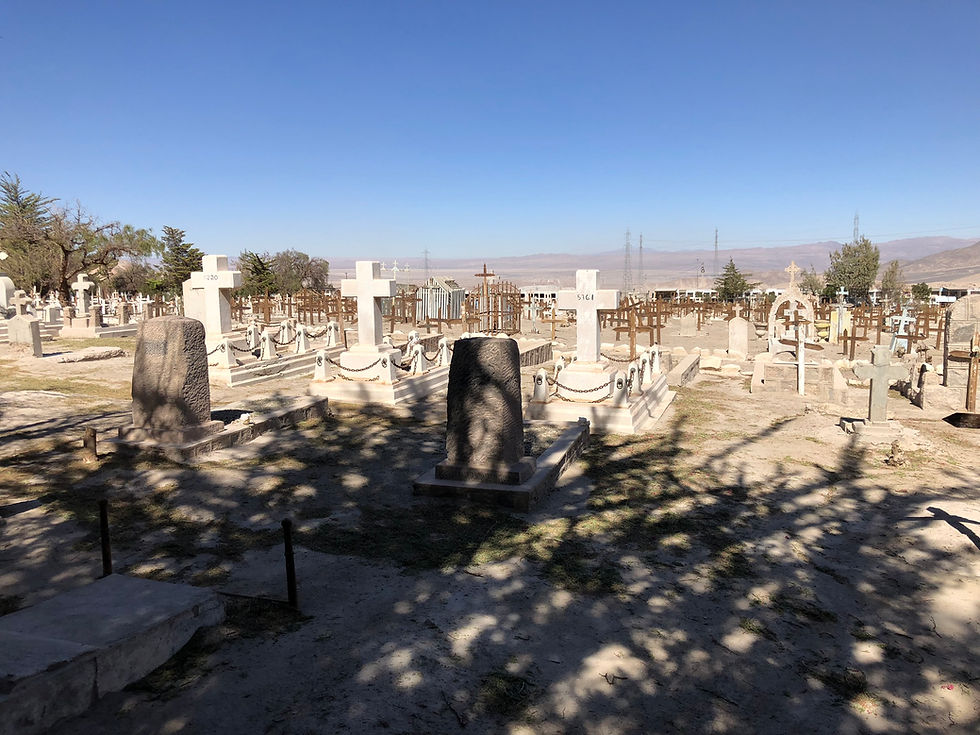A Celebration of 99 yrs Rhenium!
- Lipmann Walton & Co Ltd

- Oct 2, 2024
- 3 min read
Updated: Oct 4, 2024
On June 26th 1925, a German chemist by the name of Ida Tacke, together with Walter Noddack and Otto Berg, announced the isolation of rhenium - the last naturally occurring element in the periodic table to be discovered.
Tacke, born in 1896, was only 29 years old, and in her day the only woman apart from Marie Curie to be credited with the discovery of an element.
It is a story of persistence in the face of chauvinism and professional arrogance, about a woman who despite her achievements remained an unpaid researcher for most of her career. It is even thought that her paper announcing the discovery was co-authored with Walter Noddack (her future husband) because of his position in the Physical Technical University where they both worked.
Hers was just one of the stories brought out of the shadows at our event on Oct 1st 2024 at The Royal Society of Chemistry.

Our speakers and audience also considered the ways in which rhenium has changed the world in the last 99 years and how Tacke's extraction of 1 gramme of rhenium from 660 kgs of molybdenite in 1929 established rhenium's link with molybdenum as its source for commercial recovery. (Arthur Melaven and John Bacon's patent for the recovery of rhenium from the fume of molybdenum roasters remains the main process by which rhenium is recovered today.)

We heard from Andrea Sella of UCL about how a sliver of rhenium, drilled with a minute hole, is essential to the diamond anvil cell, a device in which matter is squeezed between two gem-quality diamonds, mimicking the vast pressures at the core of the earth, with the rhenium ensuring that the sample doesn’t squirt out sideways like toothpaste! From Mark Miodownik of the Institute of Making, (also at UCL) we learnt about how rhenium promotes the gamma prime phase within single crystal alloys, so promoting creep resistance within high pressure turbine blades in gas turbine (jet) engines. From Suzannah Lipmann we heard about how and why the rhenium market is beginning to stir and from Kevin Pritchett of Climax Molybdenum about mankind's quest to move - and to move faster - and how the tiny element of rhenium is an essential un-substitutable ingredient in this process. Liliia Shepel intrigued us with a story of how a Russian volcanologist sought to extract rhenium out of a volcano, while Dr Nils Backeberg examined aero-engine demand for super alloys in general. On another note, James Peer of Maritime House related some of the tribulations encountered on the road to creating a hugely successful business in recovering rhenium atoms from spent complex alloys at the plant he purchased and developed in Canada.
To close with a bang, Professor Martyn Poliakoff of Nottingham University's Chemistry Department used this memorable anniversary to launch a new rhenium video in his series of Periodic Videos seen by students, adults curious about chemistry, and children. With hundreds of thousands of views all over the world the Professor is now a YouTube sensation!
Enjoy!
Many thanks to Dr Poliakoff and his team at the Chemistry Dept of Notts University including Brady (photography), Neil (Science Technician) and Mike Rumsey from The Natural History Museum, for this video - and to the lovely audience of assorted metal people, academics and students who also included the teachers of the Chemistry department at The King Alfred School Academy in Highbridge, Somerset.
By Anthony Lipmann
[Photos and illustrations courtesy of John and Amy Anderson]
02.10.24





Comments